Kharkiv territorial defense fighters tell the story of the liberation of Kharkiv Oblast
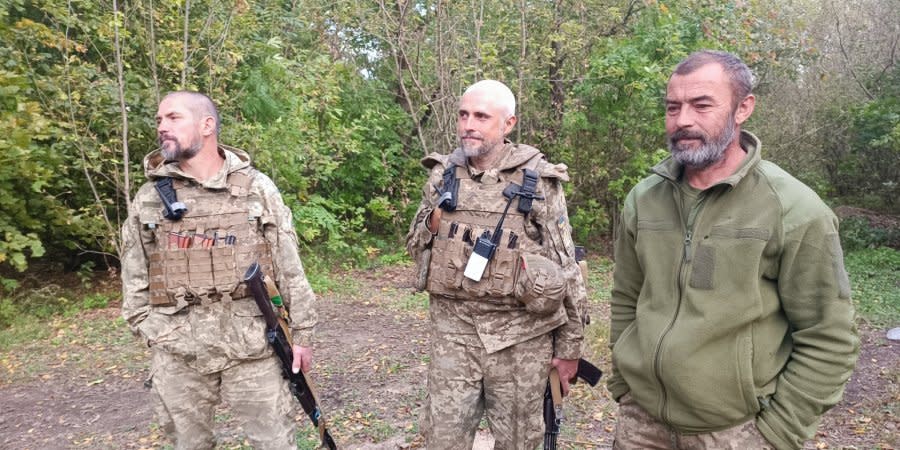
NV spoke to a group of territorial defense fighters (TDF) from Kharkiv Oblast, about their experiences during the lightning liberation operation.
On the front lines
Read also: How Russia’s defeat in Kharkiv Oblast will affect the course of the war — NV analysis
A civilian SUV confidently rides through the back country roads. Cell phones switch to roaming. Two soldiers, nicknamed Advokat (Lawyer) and Max, are taking us to a settlement in Kharkiv Oblast by the border. When their car enters another village, local children run forward from their yards to the road, waving happily. We’re going to get acquainted with a mortar unit ran by an IT specialist. Max recalls along the way how difficult it was to manage logistics and communication for the units, who quickly moved towards Kharkiv Oblast during the offensive in the beginning of September. As we arrive, the soldiers warn us to be careful – this area was under occupation only 10 days ago.
Oleksandr, who carries the alias Arkhitektor (architect), says he’s an introvert. De-spite his love for silence and solitude, he currently serves as the commander of a mortar platoon in the 123rd Battalion of the 113th Brigade of Ukraine’s TDF. Before joining the military, he had worked in the IT business for over 20 years.

The introverted commander has four people under his command, who also joined the ranks of the Ukrainian army after the start of the full-scale invasion. They get somewhat offended that territorial defense fighters are often perceived only as those who stand at checkpoints and check people’s trunks. Since the beginning of the full-scale invasion, these mortar men have been on the front lines most of the time, and they know what it’s like to fight hard and lose comrades. In early September, together with other brigades of the Armed Forces of Ukraine, Oleksandr and his comrades took part in the offensive in Kharkiv Oblast, covering the infantry. Now they stand near the Russian border.
“I shoot because I have to. Not because I want to, or some award or title...”
“I joined the forces because I believe I can be of more use here,” says Oleksandr.
“On Feb. 24, I sent my kids away and joined the territorial defense. At the military commissariat they told me the only available position was the commander of a mortar unit.”
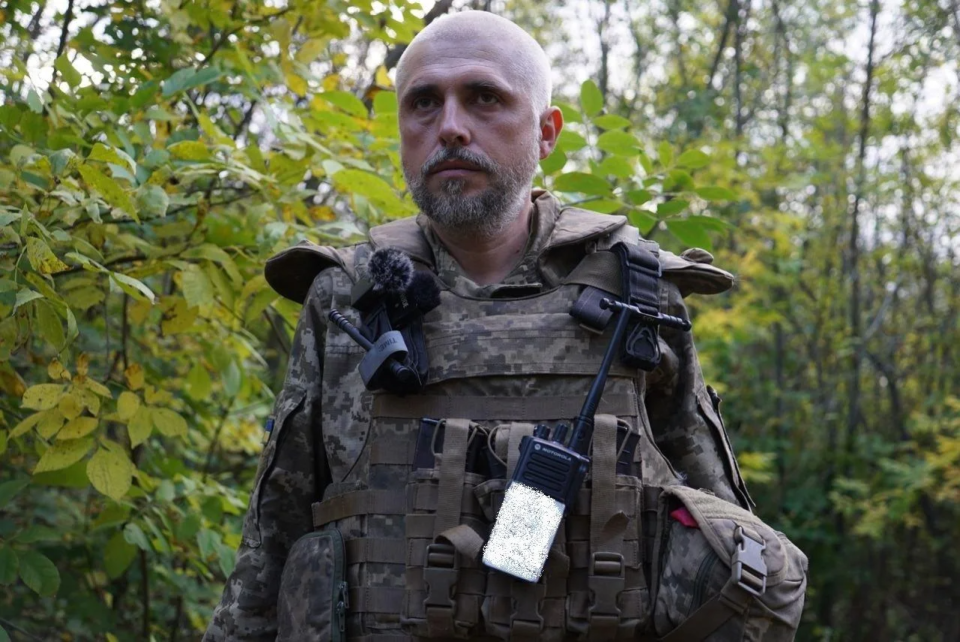
Now this unit is called the Arkhitektor Unit. It is democratically-run and only majority-approved decisions are made – an innovation Ukrainian military units used over a century ago, during the Russian civil war. Besides, everyone here knows how to charge and aim, so that everyone could replace each other if necessary.
“My unit had formed when we stood at the Kharkiv aircraft plant,” he recalled.
“We have a name for this place among ourselves – ‘Stalingrad’. Over there, we have been approached and asked: ‘Who will operate the mortars?’ A few of us raised their hands. There was an artillery expert at the plant who first told us how to clean the mines. This is how our mortar career began.”
We were already at the positions in Korobochkino (a settlement in Kharkiv Oblast) when a fighter from the 92nd Brigade came and taught them how to use a compass(a geodesic device for more accurate fire), and then the boys mastered the weapons on their own. A few months later, Oleksandr went to Lviv to study in the Academy of Ground Forces.
“Arkhitertor said: we won’t get them with machine guns, but we can with the mortars”
A mortar is inaccurate weapon.
“Whenever we get a chance, we check the results of the job using ‘the bird’ (a name fighters use for small UAVs),” Oleksandr says.
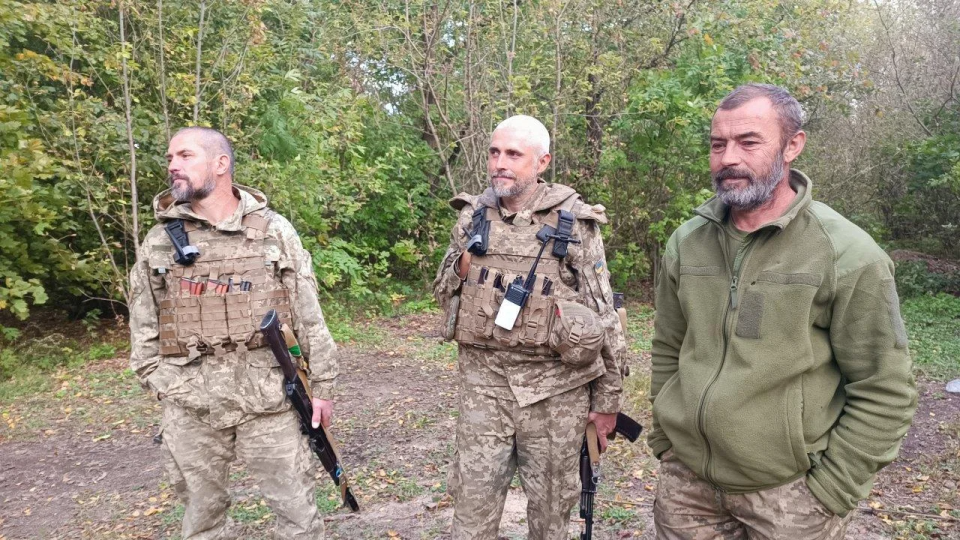
"Fog and nighttime make it difficult. If everyone is alive and well, the enemy has been repelled – thank God. And that’s the whole thing. What’s our share in it? Thereis some. To feel proud of killing someone, of hitting someone... I think it’s not a thing one should feel pride for. I shoot because I have to. Not because I want to, some award, title or anything like that. I’m not really a military man. But I must shoot because the enemy has invaded my country, my children had to leave, and my city is being ruined”.
“We went about as far as 200 km over 4-5 days”
Andriy, one of other soldiers in the mortar unit, says that the offensive in Kharkiv Oblast in September was made possible by the “big brothers” – the artillery men. He believes the tactical calculation worked: “we simulated an attack, threw our forces head-on, and the other guys entered from the flanks and they (Russians) didn’t expect this,” Andriy said.
“And when our troops entered from the sides, they began running away. The Russians had a strong defensive line, and when they lost it, they had nothing to cling to.”
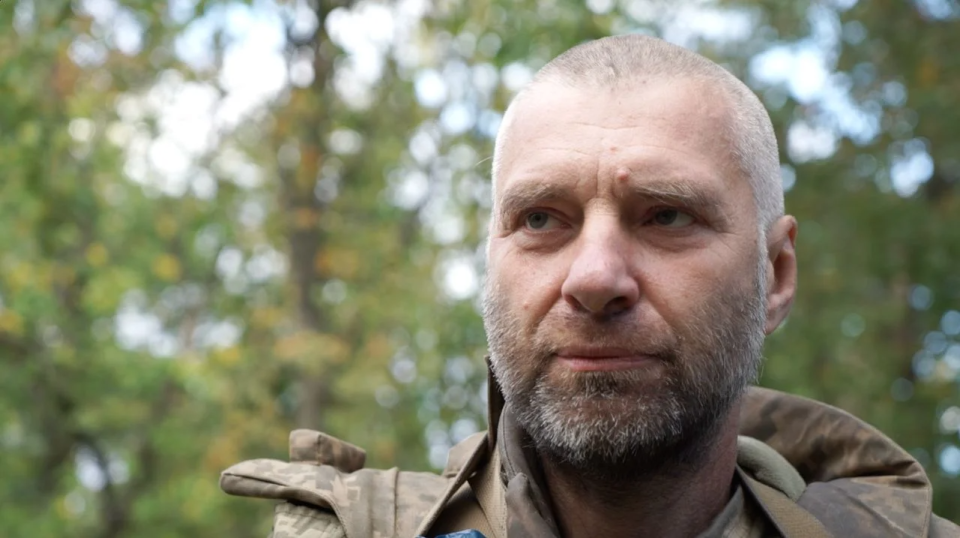
The guys say it was easier to handle the offensive in Kharkiv Oblast, rather than the first days of the full-scale war. Back then, they only had 3-4 hours of sleep a day, had problems with food, and there was some uncertainty and fear. Now, it’s easier to fight.
The infantry, whom these mortar men covered, say that in 4 or 5 days their units went as far as 200 km across the villages of Kharkiv Oblast. Somewhere there was some cleaning up to do, Russian flags were taken down, and warehouses with am-munition were often found – particularly, a lot of valuables in the village of Veliky Burluk.
Max, who brought us here, joins the conversation: “In Velyki Khutory, around 4 a.m., the Russians fled on several school buses, and we entered around 11 a.m., just fol-lowing their tracks.”
Read also: Former security service officer on why liberation of Kherson should not be rushed
“And that’s how it happened in almost all settlements. Often, the military marched through fields and country roads, and if heavy rains started, the infantry would not be able to pass, the offensive would be choked.”
The counter-offensive in the Sloboda region, known as the “Balakliya break-through”, started on Sept. 6. The operation went on in several stages. Tanks, assault brigades, mechanized units, as well as territorial defense brigades were involved in the operation. According to the U.S-based Institute for the Study of War, Ukrainian forces liberated approximately 2,500 square kilometers during the Kharkiv breakthrough.
Meanwhile, Andriy adds that the most important thing in Kharkiv Oblast was actually to hold the primary positions of the Ukrainian army. At the end of the summer, the Russians tried to advance in the area of Korobochkino, Sady, towards Lebyazheve, but the Armed Forces stood firm. Currently, the guys refuse to make any predictions about the future, because events at the front are changing very quickly.
“As we enter the village, people come out to greet us with yellow and blue flags”
Viktor, another soldier from the Arkhitektor Unit, is also originally from Kharkiv. He admits that he expected the war, although he didn’t want to join the forces at all, specifically because he remembered what it was like to serve in the 90s.
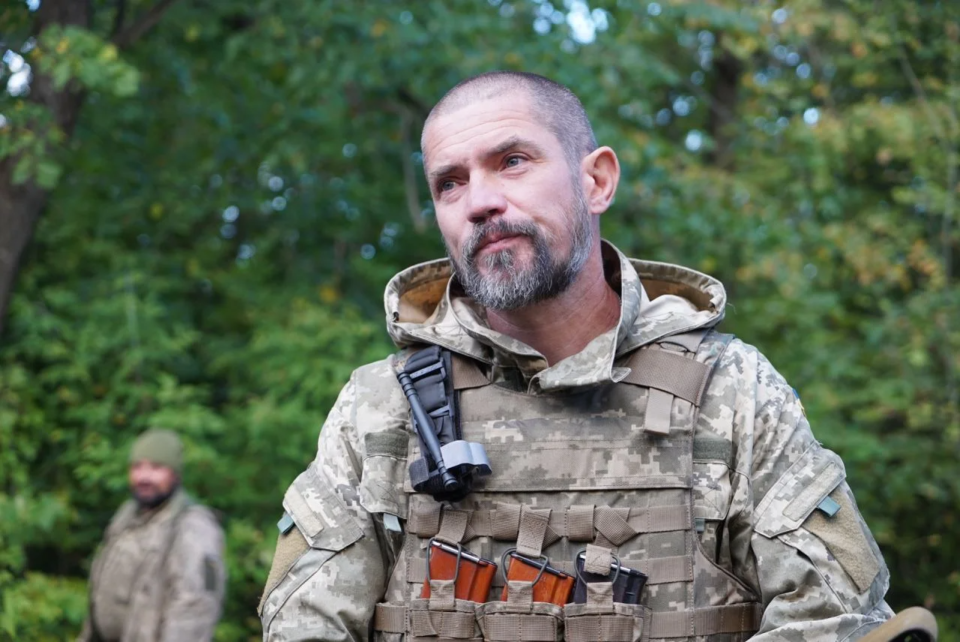
“I can’t really say that much has changed in the army ever since (in the approach to command on middle and lower levels), but I went to serve my country,” he shared.
“And there’s no romance to it.”
Two more soldiers of the mortar unit are smoking outside. One of them says he’s from Kryvyi Rih. After the start of the full-scale invasion, he served as a gunner fora month until command picked up his papers and found out he was a mortar man. Here, the majority of the unit are from Kharkiv, and he is from another region. At first, he says, everyone thought that the man went to serve for money. But when talking about the offensive in Kharkiv Oblast, he explained that what he liked most was meeting liberated residents.
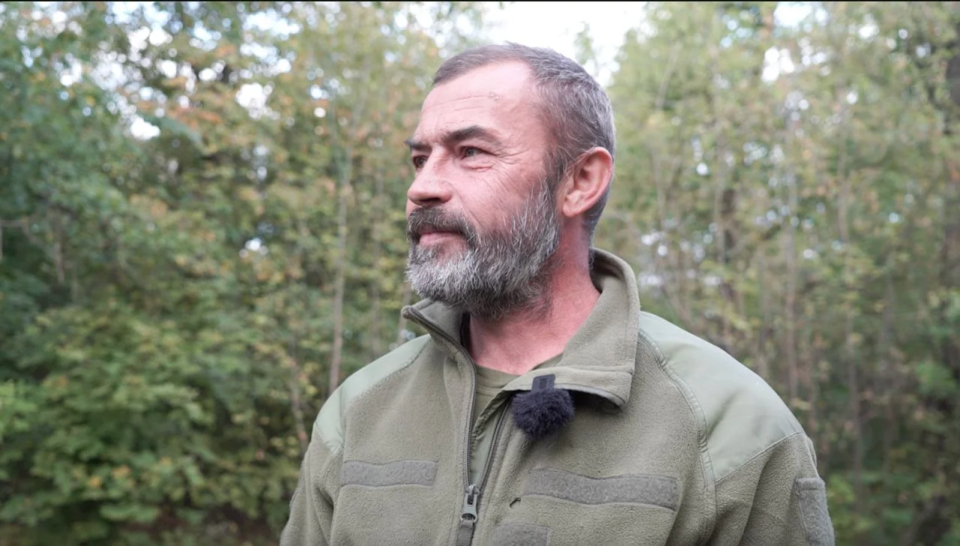
“What I liked most about the march was when we entered the village, people came out, met us with yellow and blue flags, with bread,” he said, his voice quieting down as he recalled the events, tears forming in his eyes that he tries to hide.
"My heart just ached.”
A large part of Kharkiv Oblast was under occupation for about six months. As of Oct.3, President Zelenskyy reported that more than 450 settlements were liberated by the Armed Forces of Ukraine in the oblast, but the operation is ongoing.
Read the original article on The New Voice of Ukraine

